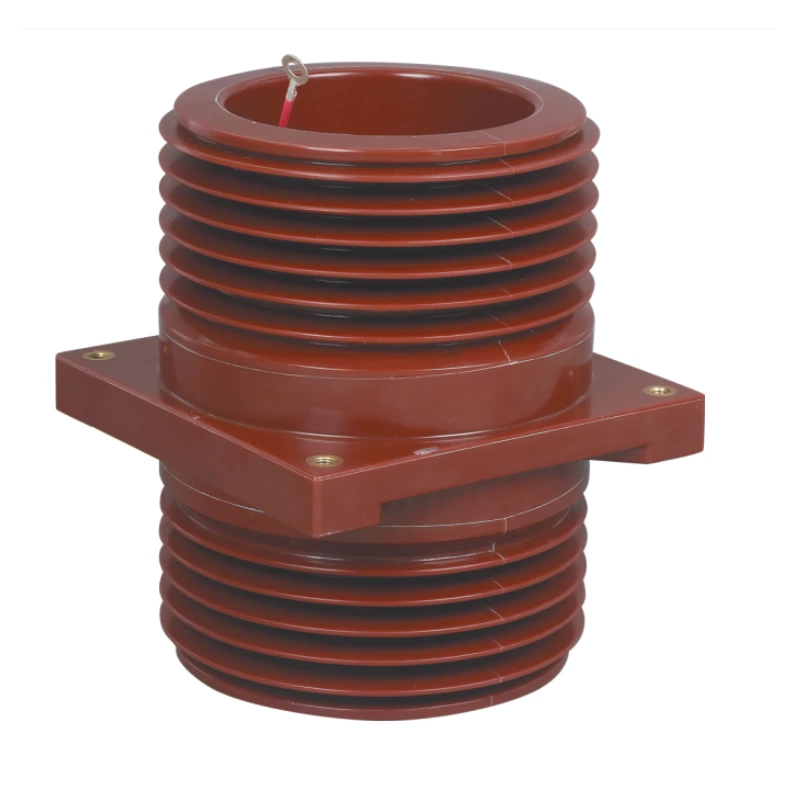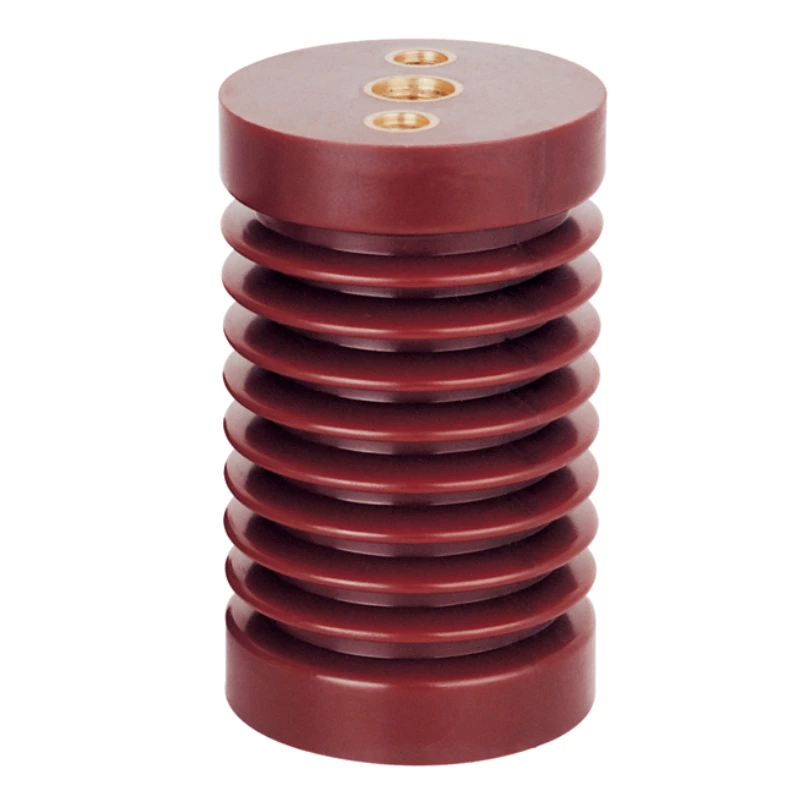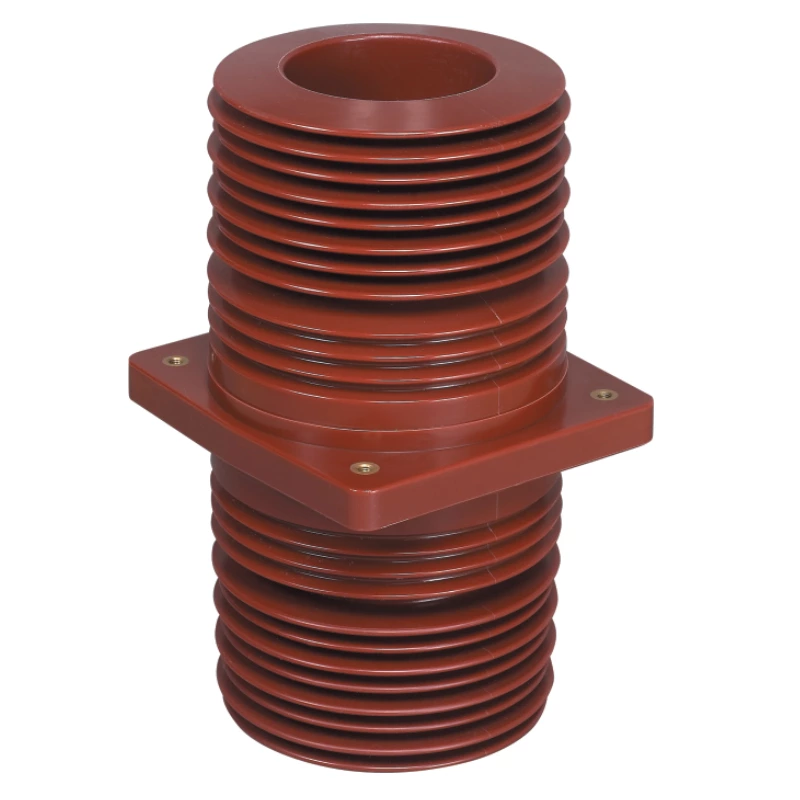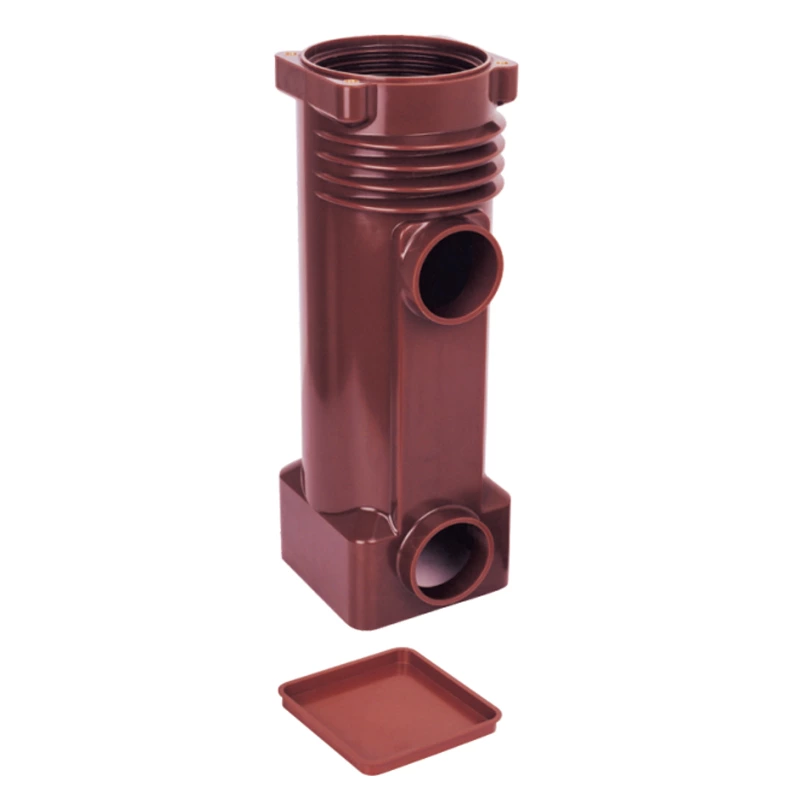Failure Cases Of High Voltage Bushings
After introduction:
The Guangfeng 2nd line of a certain wind farm 110KV substation tripped. According to the fault recording, the C phase was grounded. At that time, the wind speed of the wind farm averaged 2.94M/S, and the load of the wind farm was zero. At that time, the pre-shift meeting of the wind farm had just ended, and the NCS system of the booster station reported a fault alarm that the C phase of the 35kV Guangfeng 2nd line was grounded.
Fault analysis
Due to the average wind speed of the wind farm at the time of the fault, the wind farm load was zero. The NCS system of the booster station reported a fault alarm that the C phase of the 35kV Guangfeng 2nd line was grounded. After confirming that the equipment was grounded according to the analysis, the wind farm carried out a patrol of the 35kV Guangfeng 2nd line, and no obvious grounding was found on the line; during the patrol inspection of the high-voltage side of the 35kV Guangfeng 2nd line box transformer, it was found that the C high-voltage cable on the high-voltage side of the No. 17 box transformer had signs of insulation breakdown. Pull down the drop fuse of the No. 17 box transformer, disconnect the power supply of the box transformer, and further inspect the box transformer after taking safety measures. After inspection, except for the high-voltage side cable of No. 17 transformer, the insulation of the C high-voltage cable was broken down. Other equipment was normal. The wind farm 35kV Guangfeng Line 2 applied for the restoration of power supply. After the transformer was replaced, the transformer was further tested for DC resistance and oil sample. According to each insulation test, DC resistance test, oil test and surface phenomenon, it was judged that the Switchgear Insulating Bushing in the transformer was broken down, resulting in single-phase grounding. The large current generated after grounding caused the insulation weak point of the C cable to be broken down. The high-voltage bushing in the transformer was broken down, resulting in single-phase grounding. The large current generated after grounding caused the insulation weak point of the C cable to be broken down. The test results of the transformer oil sample showed that the hydrocarbon index exceeded the standard, indicating that arcing occurred inside the transformer. After the DC resistance test of the three windings of the transformer, the results showed that the three windings were normal. It is suspected that the connection part between the winding and the high-voltage bushing is damaged, and the cover needs to be opened for inspection. After the transformer oil in the box transformer was drained to the appropriate oil level, the high-voltage bushing was replaced. It was found that the high-voltage bushing had cracks on the inner part of the box transformer. Then the box transformer was opened for inspection. No other abnormalities were found. It was judged that the hydrocarbon index in the oil sample exceeded the standard because the high-voltage bushing had discharge inside the box transformer, causing the oil quality to change. After replacing the bushing, the transformer oil was filtered through an oil filter and tested after oil sample testing. The transformer bushing is an insulating bushing that leads the high and low voltage leads inside the transformer to the outside of the oil tank. It not only insulates the leads from the ground, but also has the function of fixing the leads. The transformer bushing is one of the current-carrying components of the transformer. During the operation of the transformer, the load current is passed for a long time. When a short circuit occurs outside the transformer, the short-circuit current is passed. The high-voltage bushing may cause latent defects due to various reasons during the manufacturing, transportation and maintenance process. During the long-term operation, it will gradually produce defects due to the effects of electric fields and conductor heating, mechanical forces and chemical corrosion, and meteorological conditions.





